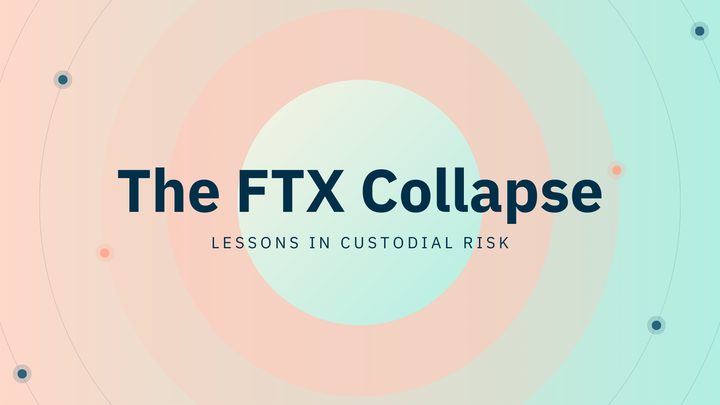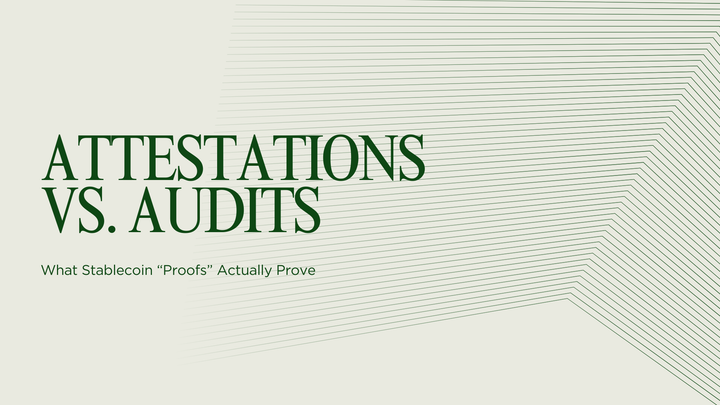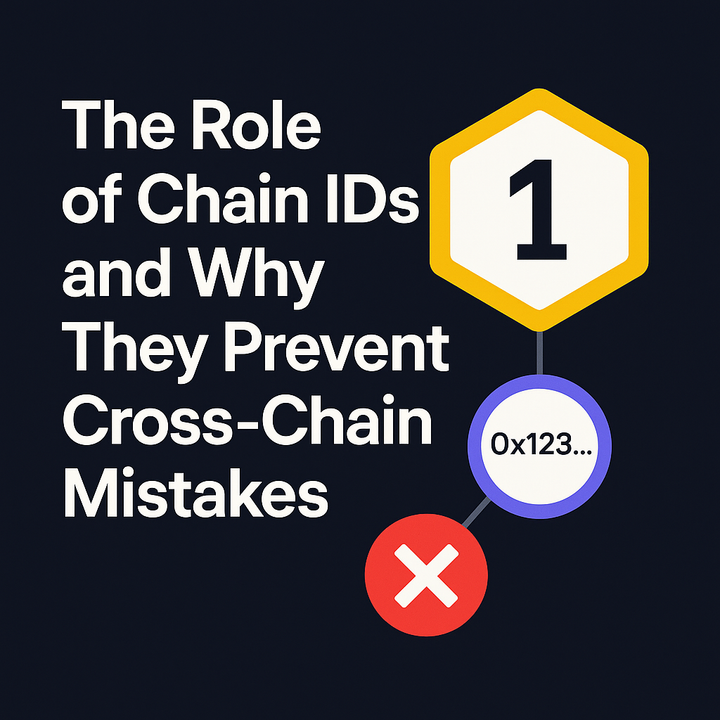The Three Pillars of Programmable Liquidity: Unpacking Mitosis's Token Ecosystem
The decentralized finance (DeFi) landscape, a vibrant frontier of financial innovation, promised a future free from traditional intermediaries, offering unprecedented access and efficiency. Yet, as this ecosystem expanded across countless blockchains, a critical challenge emerged: liquidity fragmentation. Assets became siloed on disparate networks, hindering seamless transactions and stifling the very efficiency DeFi sought to achieve. This pervasive problem, characterized by disjointed capital and inefficient markets, has long plagued users and developers alike. But what if a new architectural paradigm could unify this fractured landscape, introducing a revolutionary concept of programmable liquidity to unlock DeFi's true potential?
The Promise of DeFi: A New Financial Frontier
Decentralized finance, or DeFi, represents a profound shift in the global financial system, leveraging blockchain technology to create open, permissionless, and transparent financial services. From lending and borrowing to trading and asset management, DeFi protocols aim to democratize finance, making it accessible to anyone with an internet connection. At its core, DeFi relies on the concept of programmable money, where digital currency can automatically execute predefined actions through smart contracts. This innovation has led to a surge in decentralized applications (dApps) and a burgeoning ecosystem of digital assets. However, the rapid proliferation of new blockchains and Layer 2 solutions, while expanding the overall market, inadvertently created a significant hurdle: liquidity fragmentation.
The Challenge of Fragmentation: A Growing Problem
As the DeFi ecosystem matured, the emergence of numerous independent blockchain networks, each with its own set of protocols and assets, led to a critical issue known as liquidity fragmentation. This means that capital, instead of flowing freely across the entire decentralized landscape, became siloed on disparate chains. For instance, a user might have assets on Ethereum, while a lucrative yield opportunity exists on Solana. Moving these assets traditionally involves complex and often costly bridging solutions, creating barriers to efficient capital allocation. This fragmentation not only complicates the user experience but also undermines the very promise of a seamless, interconnected financial system. This growing problem necessitates a fundamental re-evaluation of how liquidity is managed, leading to the innovative approach taken by Mitosis.
Introducing Mitosis: The Ecosystem-Owned Liquidity (EOL) Layer 1
Addressing these pervasive challenges, the Mitosis Protocol emerges as a revolutionary solution designed to redefine liquidity management in decentralized finance. Mitosis is an Ecosystem-Owned Liquidity (EOL) Layer 1 blockchain, purpose-built to enhance the liquidity provision experience for both DeFi projects and liquidity providers. Its core mission is to overcome the fragmentation and inefficiency that plague the multi-chain DeFi landscape, proposing a new, capital-efficient paradigm in cross-chain interoperability. By focusing on unifying liquidity, Mitosis aims to create a more seamless, scalable, and secure environment for digital assets to flow freely across diverse blockchain ecosystems. This ambitious vision is underpinned by a meticulously designed three-token system, starting with its foundational governance token.
The First Pillar: MITO Token - Governance and Value Capture
At the heart of the Mitosis ecosystem lies the(https://cointelegraph.com/crypto-bonus/bonus-page/claim-early-access-to-mitosis-testnet-and-earn-mito-rewards/), its native governance and utility token. The MITO token is designed to power the network's security through staking, granting governance rights to holders, and capturing value from cross-chain transactions. Holders of MITO can participate in crucial decisions regarding the protocol's future, including how liquidity is allocated and managed across various chains. This direct involvement ensures that the ecosystem remains decentralized and community-driven. Furthermore, MITO incentivizes liquidity provision, aligning the interests of liquidity providers with the long-term success of the protocol. The distribution of MITO tokens is carefully planned to foster broad participation and reward early adopters, leading to the various ways users can earn it.
MITO's Role in Incentivizing Participation
The MITO token plays a crucial role in incentivizing active participation and engagement within the Mitosis ecosystem. Users can(https://www.nansen.ai/post/what-is-mitosis-guide-to-eol-cross-chain-liquidity) by completing quests and climbing the waitlist, providing a low-risk entry point for early participants. For those who contribute more significantly, liquidity providers (LPs) can earn MITO Points, which are later convertible to MITO tokens, through restaking and participation in Mitosis Vault strategies. Campaigns like the(https://www.diadata.org/defi-restaking-map/mitosis/) further incentivize LPs to earn yield and MITO Points through restaking, directly linking their contributions to tangible rewards. This multi-faceted approach to token distribution ensures that a wide range of community members are rewarded for their efforts, creating a vibrant and self-sustaining ecosystem. This leads us to the second crucial component of Mitosis's token system: miAssets.
The Second Pillar: miAssets - Programmable and Productive Liquidity
Beyond the governance token, Mitosis introduces a revolutionary concept: miAssets. These are 1:1 receipt tokens that liquidity providers receive when they deposit their underlying assets into the Mitosis Vaults. For example, if a user deposits weETH, they receive an equivalent amount of miweETH. What makes miAssets unique is their programmability and versatility. They are not static receipts; they are designed to be both productive and versatile, allowing users to participate in various DeFi ecosystems and earn revenue from cross-chain transactions. This means that liquidity, once deposited, can be dynamically managed and utilized across different protocols and chains, optimizing its efficiency and maximizing returns for liquidity providers. This innovative design transforms passive capital into active, intelligent liquidity, capable of responding to market conditions and yield opportunities.
miAssets as the Engine of Cross-Chain Interoperability
miAssets are the true engine of interoperability within the Mitosis ecosystem, spearheading the breakdown of silos between networks and ecosystems. Thanks to Mitosis's robust cross-chain interoperability framework, primarily powered by the Morse bridge, miAssets can move seamlessly between different blockchain networks. This enables developers to create decentralized applications (dApps) that run on multiple blockchains without complex integrations. The Morse bridge uses an asynchronous messaging system for real-time data exchange, ensuring a smooth flow of transactions and data. Furthermore, Mitosis leverages the Hyperlane protocol for permissionless interoperability, ensuring that miAssets can move freely between blockchains without the need for complex permissions. This foundational infrastructure is critical for unifying fragmented liquidity and enabling a truly interconnected DeFi experience, which relies heavily on the underlying assets.
Enhancing Capital Efficiency: Beyond Simple Bridging
Mitosis goes beyond merely facilitating asset transfers; it fundamentally enhances capital efficiency within the DeFi ecosystem. By allowing miAssets to be used across various DeFi platforms, it ensures that liquidity remains active and accessible, preventing capital from being frozen or underutilized. This active liquidity utilization across diverse DeFi ecosystems directly increases the return on users' assets. Instead of splitting funds across multiple, isolated pools, liquidity providers can contribute to a unified layer that intelligently allocates capital to the most lucrative opportunities. This approach not only maximizes returns for LPs but also creates deeper, more robust markets, reducing slippage and improving trade execution across the entire decentralized landscape.
The Third Pillar: Underlying Assets and Restaking
The third crucial component of Mitosis's token system involves the underlying assets themselves, primarily staked ETH and other Liquid Restaking Tokens (LRTs) like eETH or weETH. These assets are deposited by liquidity providers into the Mitosis Vaults, forming the core of the Ecosystem-Owned Liquidity (EOL). This deposited capital is not merely held; it is actively utilized to enhance the security and efficiency of the multi-chain liquidity protocol through a process known as restaking. By contributing these assets, LPs are not only providing liquidity but also actively participating in securing the Mitosis protocol, creating a robust economic model that leverages existing staked assets. This dual function of underlying assets is central to Mitosis's unique value proposition.
Restaking's Dual Role: Security and Enhanced Yield
Restaking within the Mitosis Protocol plays a critical dual role: enhancing security and providing additional yield opportunities for liquidity providers. Assets from LPs, particularly staked ETH, are restaked to secure the Mitosis protocol through a crypto-economic security model powered by Ethos AVS (Active Validator Set). This provides an additional layer of protection as the Total Value Locked (TVL) scales, ensuring the integrity and stability of the protocol. This integration with EigenLayer allows LPs to contribute their staked ETH, earning multiple yield streams from both their initial staking and their role in securing the Mitosis network. This mechanism not only bolsters security but also incentivizes participation, creating a self-reinforcing cycle of trust and capital growth. This intricate interplay of tokens and mechanisms forms a cohesive system.
The Interplay: How the Three Tokens Work Together
The three tokens—MITO, miAssets, and the underlying staked assets—work in concert to create a synergistic and highly efficient liquidity ecosystem. Users deposit underlying assets (like staked ETH) into Mitosis Vaults, receiving miAssets in return. These miAssets then become the programmable liquidity that can be deployed across various DeFi protocols on different chains, earning yields from cross-chain transactions. The MITO token, meanwhile, governs the allocation of this underlying liquidity and captures value from the ecosystem's activity, incentivizing long-term participation and network security through staking. This interconnected system ensures that liquidity is not only unified and accessible but also actively managed and secured, maximizing returns for liquidity providers while strengthening the entire network. This integrated approach is fundamental to Mitosis's overarching vision for DeFi.
Mitosis's Vision: A Unified and Capital-Efficient Future
As an Ecosystem-Owned Liquidity (EOL) Layer 1 blockchain, Mitosis is designed to help newly created modular blockchains capture Total Value Locked (TVL) and attract users through a decentralized governance process. It aims to strengthen and expand the decentralized finance landscape by facilitating TVL growth and liquidity sharing. With $7 million in funding from investors like Amber Group and Foresight Ventures, Mitosis is building a robust foundation for its vision. Its ecosystem empowers liquidity providers with increased bargaining power and offers a novel approach to liquidity provision, moving towards a future where liquidity is not just available, but intelligently managed and seamlessly accessible across all chains. This ambitious goal promises to redefine the very architecture of decentralized finance.
Conclusion: Redefining Decentralized Finance
The challenges posed by liquidity fragmentation have long been a significant hurdle for the decentralized finance ecosystem. However, the emergence of the Mitosis Protocol, with its innovative three-token system, offers a compelling solution. By introducing the MITO governance token, programmable miAssets, and leveraging underlying staked assets for security and yield, Mitosis is poised to unify fragmented capital, enhance capital efficiency, and bolster security across the multi-chain landscape. This new paradigm promises a future where DeFi is not only more accessible and efficient but also more resilient to the inherent complexities of a decentralized world. As Mitosis continues to develop and expand its ecosystem, it stands to redefine the very architecture of decentralized finance, paving the way for a truly seamless and integrated digital financial future.
Refer To:
🔗Links:



Comments ()